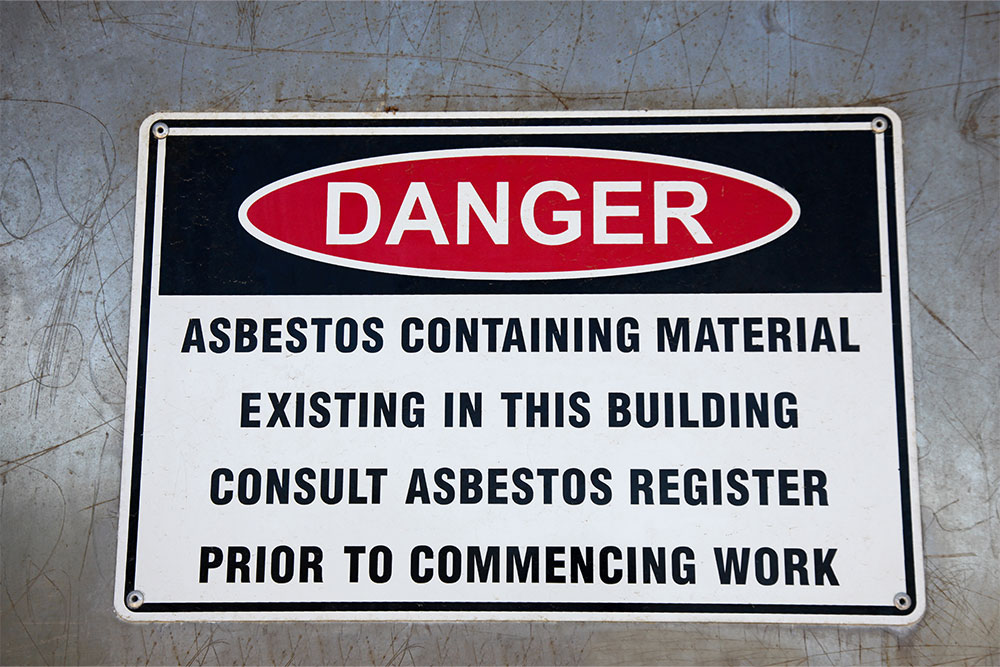
Abuse of authority happens when someone uses their role to control, intimidate or mistreat others. It can appear as favouritism, unfair discipline, exclusion or coercion.
Over time, this behaviour damages trust, lowers morale and exposes organisations to legal and reputational risk.
This guide explains what abuse of authority means, how to recognise it, when it becomes illegal and what to do if you witness or experience it.
Understanding Abuse of Authority in the Workplace
Abuse of authority overrides normal safeguards and fair processes. Instead of following agreed procedures, people in positions of authority use their role to steer decisions, silence concerns or sidestep accountability.
Managers and senior leaders are expected to model fair and transparent decision-making. If they ignore these standards, they create an environment where others feel unable to challenge misuse of authority or report concerns safely.
Different Forms Abuse of Authority Can Take
Abuse of authority takes many forms. Below are the ones you’re most likely to see in the workplace:
Coercive Power
This happens when managers use fear to get what they want. Staff may be told their jobs are at risk if they don’t agree to extra hours or be hinted that they’ll lose out on a promotion if they speak up.
Breach of Authority
This is when a manager bends or breaks rules for their own benefit. For example, skipping company procedures, altering records or covering up mistakes to avoid consequences. Staff notice these double standards, which weaken trust in the system.
Inappropriate Use of Authority
This is when power is used for personal gain or to punish others. A manager may give unpleasant tasks only to one employee they dislike or use company resources to benefit themselves. The role is no longer about leading fairly but about serving personal interests.
HR Compliance Courses
Prevent conflict, misconduct and discrimination. Online HR compliance training helps staff understand and fulfil their legal duties. Promote professionalism and support compliance in your workplace.
What Abuse of Authority Looks Like
Abuse of power can creep into everyday interactions. Sometimes it’s clear, other times it hides in routine behaviour. Here are situations you may recognise:
- Favouritism – A manager gives the best shifts, projects or promotions to people they get along with, while others with equal skills are left out.
- Unfair punishment – One employee gets a written warning for being late once, while another is never held accountable.
- Withholding opportunities – A supervisor blocks training or access to key information to keep staff dependent or stop them from advancing..
- Intimidation – Staff tell you about being shouted at in meetings or threatened with their jobs.
- Micromanagement – A manager second-guesses every task and refuses to let staff make decisions.
- Exclusion – Certain employees are left out of discussions or meetings on purpose. You hear them question whether their input even matters.
- Emotional abuse – An employee is mocked in front of colleagues, bullied or belittled in private.
- Sexual harassment – Using authority to pressure staff into unwanted advances, making inappropriate remarks or creating an unsafe environment.
Each of these behaviours shows someone using their role for control rather than leadership. Recognising these patterns early helps prevent serious harm later.
When Abuse of Authority Becomes Illegal
Under UK law, abuse becomes illegal when it crosses these lines.
Discrimination
The Equality Act 2010 bans unfair treatment on the grounds of a protected characteristic. These are age, disability, gender reassignment, marriage and civil partnership, pregnancy and maternity, race, religion or belief, sex and sexual orientation.
Harassment
Under the Equality Act 2010, harassment is unwanted conduct linked to a protected characteristic that violates dignity or creates a hostile environment. Under the Protection from Harassment Act 1997, a course of conduct on at least two occasions that causes alarm or distress can be a criminal offence. The 1997 Act is not limited to protected characteristics.
Retaliation or Victimisation
It is unlawful to punish someone for raising discrimination or for whistleblowing. The Equality Act bans victimisation for making or supporting a discrimination complaint. The Public Interest Disclosure Act 1998 and the Employment Rights Act 1996 protect workers from detriment or dismissal for making a protected disclosure. It is also unlawful to penalise staff for raising health and safety concerns in good faith.
Coercion or Threats
It is unlawful to force or pressure staff to do unsafe, illegal or unethical acts. Examples include ordering work that breaks safety rules, telling staff to falsify records or hide risks or threatening jobs or hours to make someone comply. This can breach employment law and, in some cases, criminal law.
Employer Duty to Protect Health
Under the Health and Safety at Work etc. Act 1974, employers must ensure, so far as is reasonably practicable, the health, safety and welfare of employees. This duty includes psychological health. Employers must assess and control stress risks and take reasonable steps to prevent bullying and harmful management practices.
How to Prevent Abuse of Authority
It is your responsibility to make sure authority is used to guide and support, not to control or harm.
- Set Clear Boundaries: Have rules on behaviour and reporting and clearly state what is acceptable and what is not. Define leadership standards. Explain escalation routes and response times.
- Train and Support Leaders: Provide training on fair leadership, communication and decision-making.
- Encourage Speaking Up: Give staff safe and confidential ways to raise concerns without fear of retaliation.
- Investigate Fairly: Look into every complaint, no matter how small and handle it with consistency.
- Take Action: Apply consequences when abuse is proven, regardless of seniority.
- Review and Reflect: Conduct regular feedback sessions and behavioural audits.
- Lead by Example: Senior figures must show restraint, fairness and accountability.
What to Do If You Witness or Experience It
When you see or experience abuse of authority, silence only protects the problem. Acting early helps protect yourself and others.
For Employees
If you witness or face abuse, start by keeping a clear and factual record. Note what happened, when, where and who was present. Keep copies of emails, messages or documents that show what occurred.
Speak to someone you trust. This could be a line manager outside the issue, a union representative or HR. Follow the organisation’s grievance or whistleblowing procedures so the matter is logged and reviewed properly.
For HR and Managers
Take every report seriously. Respond quickly and keep your approach neutral. Protect confidentiality as far as possible and make sure there is no retaliation. Investigate based on evidence, not assumptions or concerns about reputation. Treat both sides fairly and document each step of the process.
Taking action helps protect not just yourself, but also the wider culture of respect and safety at work.
Training Managers to Use Authority Responsibly and Fairly
Abuse of authority shows up in many ways – favouritism, intimidation, unfair workloads, exclusion or harassment. If it isn’t dealt with, trust breaks down, staff leave and the organisation faces serious risk.
Preventing this starts with understanding how authority should be used: to guide and support, not to control or punish. HR plays a key role in setting that standard and making sure all staff understand where the line is drawn.
Our online courses provide practical guidance on preventing harassment, managing misconduct and ensuring fairness across the workplace. They help identify early signs of power misuse, build confidence in responding to complaints and strengthen internal policies.
By investing in compliance training, HR teams can prevent abuse, protect employees and maintain a respectful, accountable culture.





















